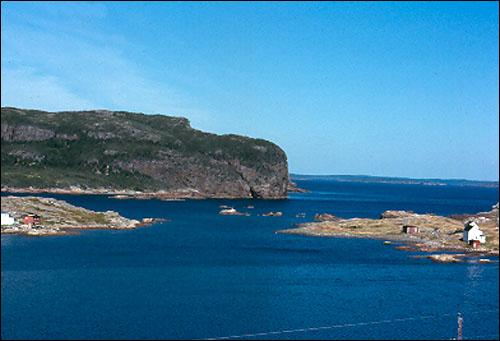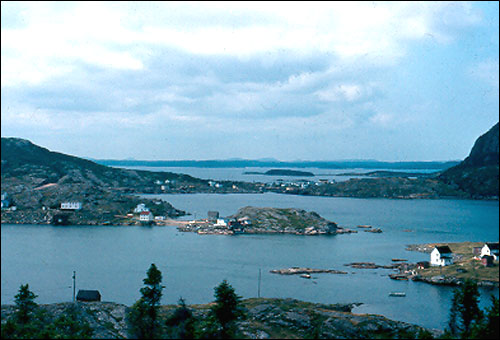Eastport Peninsula:
Migratory Fishery and Early
English Settlement
Page 3
Biscainers (Spanish and French Basques from the Bay of Biscay) were among the first Europeans to fish for cod in Bonavista Bay. This was the group who probably bestowed the name "Salvaje" on a locality where the Beothuk frequented, a name which was later Anglicized in early documents variously as Salvage (1667, 1676, 1703, 1705), Solvage (1676), Salvadje (1677), Solvadge (1676) and Salvoyage (1698). The English Pilot, based upon information collected by Henry Southwood in 1677, observed that English ships did not fish in Bonavista Bay "except till within this year or two at a Harbour called Salvages, to the Northward of Bonavista". This reference dates the advent of the English fishery at Salvage with some precision. The plural form "Salvages" also appears on the Cook and Lane chart of 1775.

According to Whitbourne, Trinity Harbour marked the northern limit of the English fishery in the late 16th century. The French meanwhile fished mainly further to the northward. Bonavista Bay thus tended to serve as a buffer zone between the French and the English to the south. However, the English did eventually begin advancing northward and by 1660 Bonavista was established as one of their principal fishing places. Bonavista then became a staging post for English fishing and furring probes further north, bringing them into the Salvage area by 1667, to Vere (Fair) Island by 1681 and to Greenspond by 1698.
In 1667, several years earlier than that suggested by Southwood, a Colonial Office report stated that the English fishery was then carried on at Salvage and Barrow Harbour "which lye to the northward of Bonavista".

By 1672 there is also evidence of a small number of English settlers at Salvage. This fledgling colony evidently disappeared in the early 1700s and the area was repopulated by ancestors of the present population later in century.




